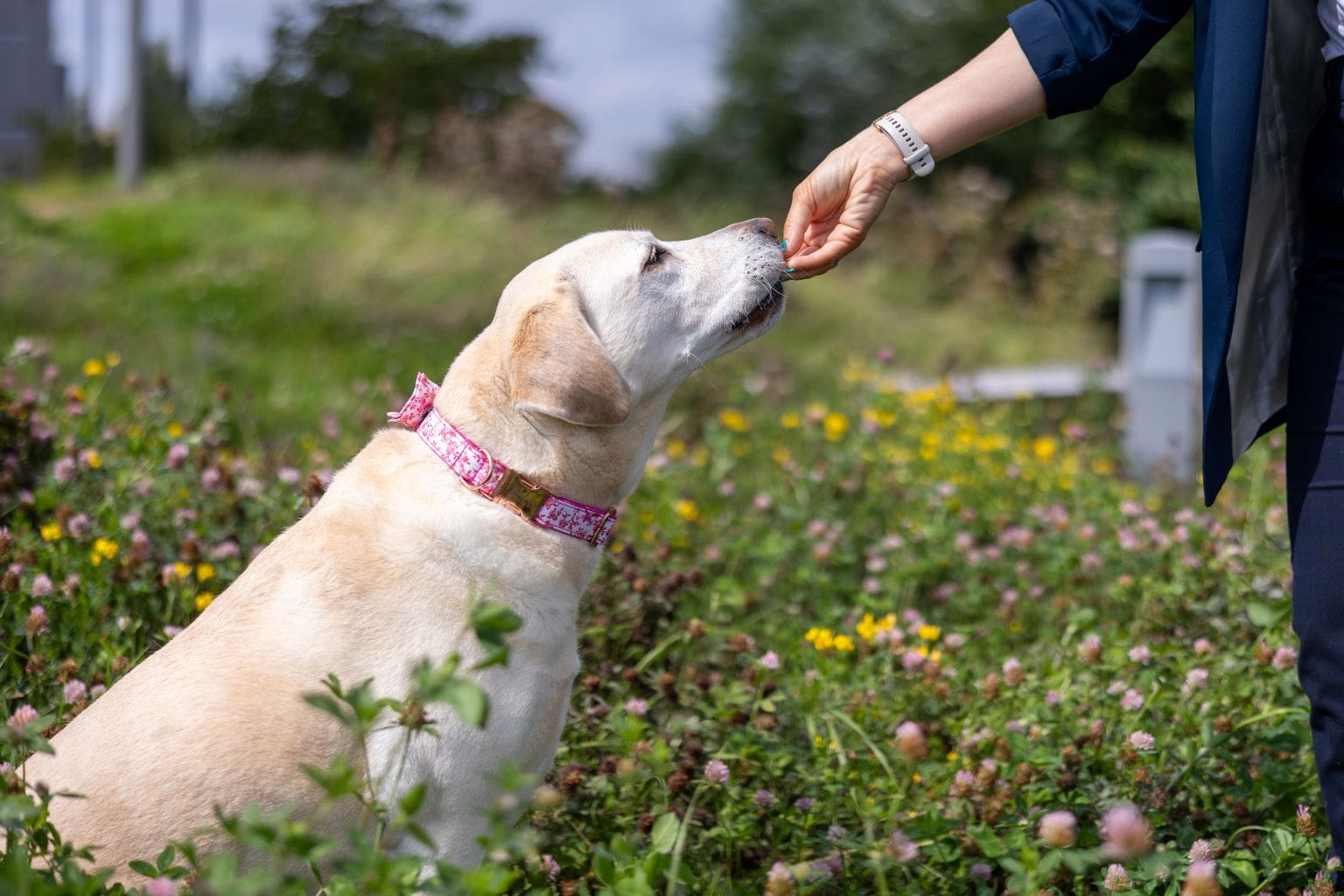Select a country and language
Regulatory constraints and medical practices vary from location to location. Consequently, the information provided on the site in which you enter may not be suitable for use at your location.
Asia Pacific
Europe















Latin America







North America
Rock salt poisoning is being discussed a lot at the moment due to the freezing temperatures as rock salt is used to help de-ice roads and pavements in winter. Rock salt is a mixture of salt (sodium chloride) and grit. It can be harmful to dogs and cats, if they lick it from their paws or fur.

Salt, while commonly used for cooking in the kitchen can be very dangerous to pets. Ingestion can result in a high blood sodium concentration which can cause vomiting, diarrhoea, reduced appetite, lethargy, abnormal fluid accumulation within the body, excessive thirst or urination, potential injury to the kidneys and a risk of convulsions and even death when untreated.

Most commonly rock salt poisoning is seen in animals that have walked through gritted snow and then lick or chew it off their paws as they can find it irritating. It is therefore, important to thoroughly wipe your pet’s feet and the fur, particularly on their legs and tummy after a walk or time outside. If your pet is showing any signs of discomfort after possible exposure to rock salt, gently wash the affected areas, and dry their fur completely with a towel after washing.
If you suspect your pet has ingested rock salt it is important to seek immediate veterinary advice. This is important as signs of rock salt poisoning can be non-specific, and a blood test will usually be required to check the blood sodium concentration. Immediate veterinary treatment will be needed to rehydrate your pet and stabilise their sodium levels. Treatment will be symptomatic and will depend on the blood sodium concentration and the animal’s clinical condition. It will often include careful administration of intravenous fluids, electrolyte monitoring, treatment for dehydration and brain swelling, and supportive care.
Also, please be aware there are other sources of salt that may be found at home including play dough, paint balls, table salt, and salty foods.









